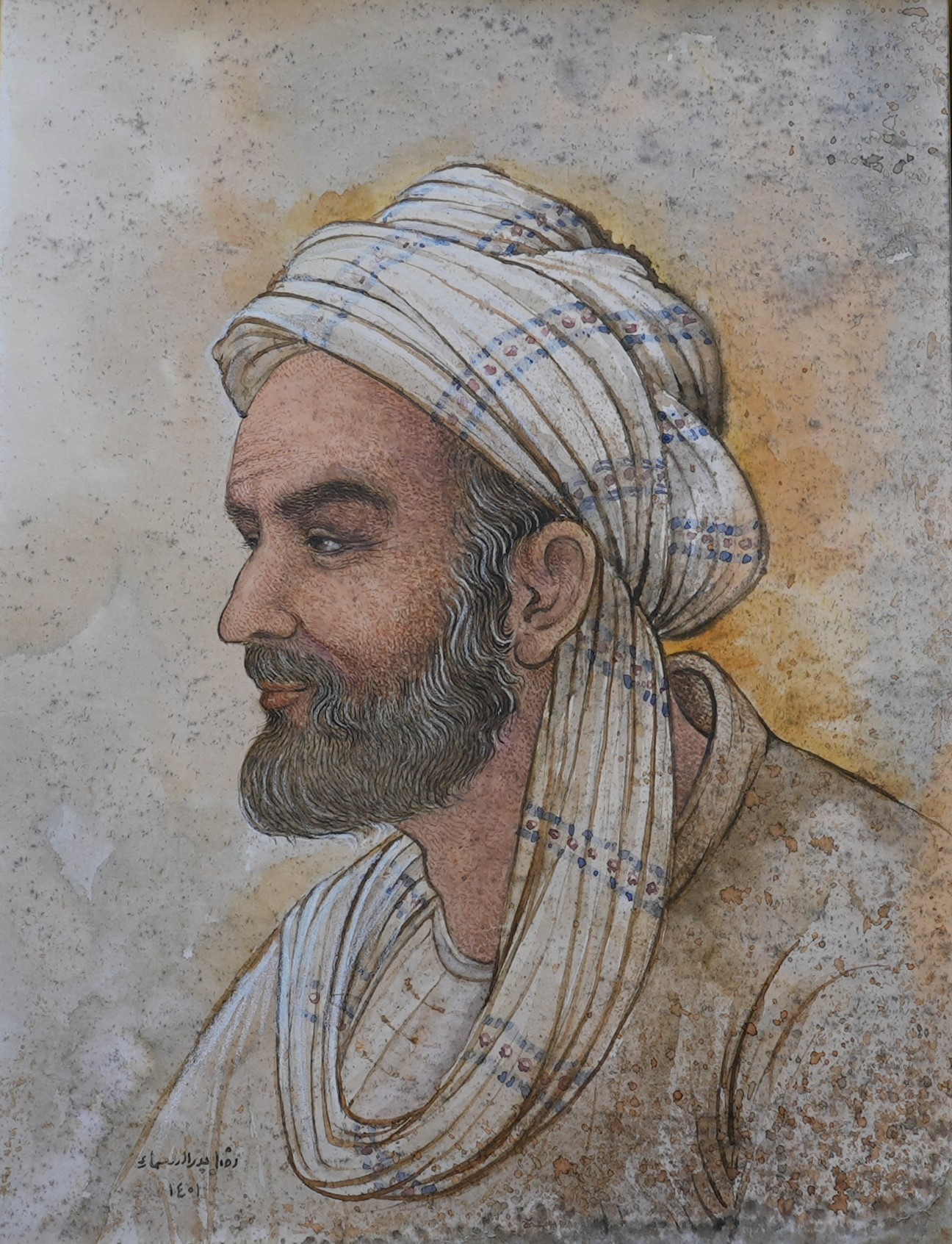Hasti Safavi will deliver a lecture devoted to the general principles of the Muslim Iranian art studies on 24th September at the Institute for Oriental and Classical Studies.
On Tuesday, 24th September, at 6:30 pm the Institute for Oriental and Classical Studies will host a lecture by Hasti Safavi, postgraduate student in the University of Exeter, graduate from the School of Oriental and African Studies of the University of London. The lecturer will discuss the approaches to studying the art of the Muslim Iran as a complex system that formed over many centuries in the context of different social, economic, political and cultural conditions under the influence of various paradigms suggested by the Arab Muslim philosophy.
The lecture is organized with the support of the Ibn Sina Islamic Culture Research Foundation.
The lecture will be delivered in English. Everyone interested is welcome to visit. If you need an entry pass to the Higher School of Economics, please contact us at elnikitenko@hse.ru before 22nd September with your full name. Please bring your ID (passport) to be admitted to the building of the Higher School of Economics. Address: Staraya Basmannaya st., 21/4, bld. 3
Please find the lecture abstract below:
The Study of the Principles of Iranian-Islamic Art
This paper examines the three fundamental principles for the study of Iranian-Islamic art, which includes art history, philosophy of art and various types of art. Iranian art can be divided into pre-Islam and post-Islam. Some pre-Islamic art forms, such as architecture, have had fundamental influence on post-Islamic art, which may be divided into pre-Timurid, Timurid, Safavid, Qajar, Pahlavi and post-Islamic Revolution. Iranian-Islamic art encompasses the fields of poetry, architecture, painting, miniature, calligraphy, tilework, handicrafts, music, and cinema. It is mainly conceptual in nature. Therefore, it is essential to understand their multi-dimensional facet, which includes the socio-politico-cultural environment and intellectual milieu in which the work of art was produced, as well as the philosophical principles that impacted their creation. The hermeneutic discourse analysis methodology has been used.



